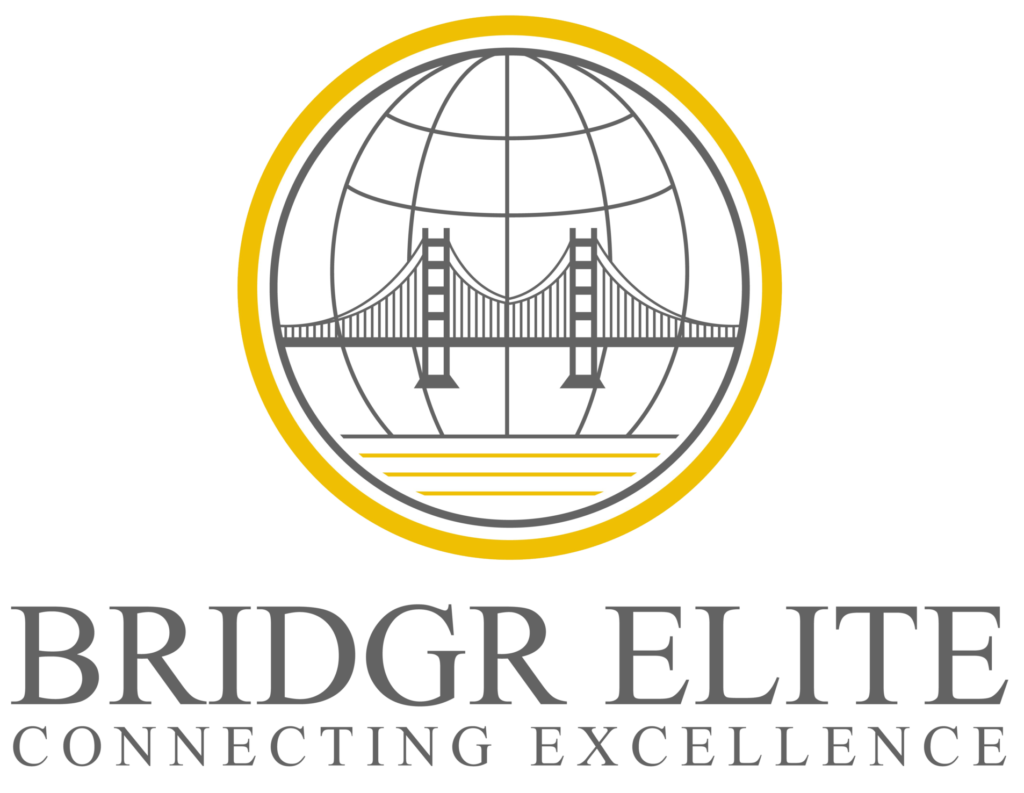
Contact centres are imperative in conveying uncommon client experiences in the advanced trade scene. With the rise of advanced change, companies are leveraging endless contact centre information to make educated choices, optimise forms, and improve benefit quality. But what precisely is contact centre information, and how can you analyse it effectively?
We will go through the fundamentals of contact centre analytics, key measurements, tools, and how data-driven choices can improve performance.
Contact centre information alludes to data collection created through client interactions and internal operations. It encompasses:
This information is imperative in understanding client needs, specialist proficiency, and general benefit performance with BPO services in uk.
Understanding the foundational components of a contact centre makes a difference in contextualising the data:
When these four components are adjusted, the contact centre can work optimally, and information plays a key role in guaranteeing that alignment with telemarketing services in uk.
The three C’s speak to the centre columns of contact centre success:
Analysing client benefit information permits businesses to strike the right balance between these pillars.
Call centre measurements are the quantifiable execution pointers to assess viability. These include:
These KPIS offer assistance in benchmarking execution, distinguishing bottlenecks, and measuring the success of initiatives with IT support services uk.
Modern contact centres are embracing information analytics to move from reactive to proactive client benefit. Here’s how:
Monitor live execution pointers like hold-up times and line lengths to make quick decisions.
Understand patterns in client behaviour, call volumes, and benefit levels over time.
Forecast requests, recognise at-risk clients, and expect staffing needs.
Track call taking care of, compliance, and delicate abilities utilising call recordings and opinion analysis.
Extract watchwords, tone, and expectation from the intuitive to get the client’s feelings and torment points.Let bridgrelite.com First Class analyse your information to reveal hidden patterns and experiences that can change your operations.
To completely utilise contact centre information, you need to get the types of analytics available:
Each layer builds upon the past one to develop understanding and direct more brilliant decisions with call center work from home Checklist.
A contact centre apparatus is any innovation utilised to oversee client interactions and accumulate performance data. Common devices include:
These instruments encourage communication and collect and organise information for analysis with administrative services uk.
Contact centres handle different interaction channels, regularly alluded to as the 4 sorts of contact:
Each sort has its claim, client desires, and execution metrics.
Analysing client information includes translating designs and behaviours to understand how clients connected with your brand. This includes:
Customer information in contact centres can be categorised as:
To assess client benefit levels, take after these steps:
Consistent investigation and adjustment are basic for persistent improvement.
Contact centre information is a goldmine of experiences that can enhance client encounters, streamline operations, and drive trade development. By understanding to what degree, how to analyse it, and utilising the right devices, businesses can move from responsive benefit to proactive engagement. Whether you’re looking to improve call centre measurements, execute advanced analytics, or understand client behaviour, the key lies in information. Begin little, remain reliable, and let devices like bridgrelite.com First Class analyse your information to reveal your contact centre’s genuine potential.
Contact us today and discover the best arrangements for your business.










Descriptive, symptomatic, prescient, and prescriptive analytics are utilised to get it and optimise performance.
Distinguishing execution crevices, estimating requests, progressing operator training, and upgrading client experiences.
Customer Involvement, Fetched Effectiveness, and Compliance.
Set clear KPIS, accumulate information, compare results to benchmarks, analyse holes, and actualise improvements.
Interaction information, execution measurements, client criticism, and behavioural analytics.
At Bridgr Elite, we are dedicated to elevating your business by connecting you with top-tier BPO, digital marketing, and accounting services. Our mission is to facilitate seamless integrations that not only meet but exceed your operational and marketing expectations.
info@bridgrelite.com
+44 2034758212
Bridgr Elite 4 Holly Crescent Woodford Green, Essex IG8 9PD
WhatsApp us

We’ll send you emails with advice. tips, and trends, plus company insights and growth oppertunities.